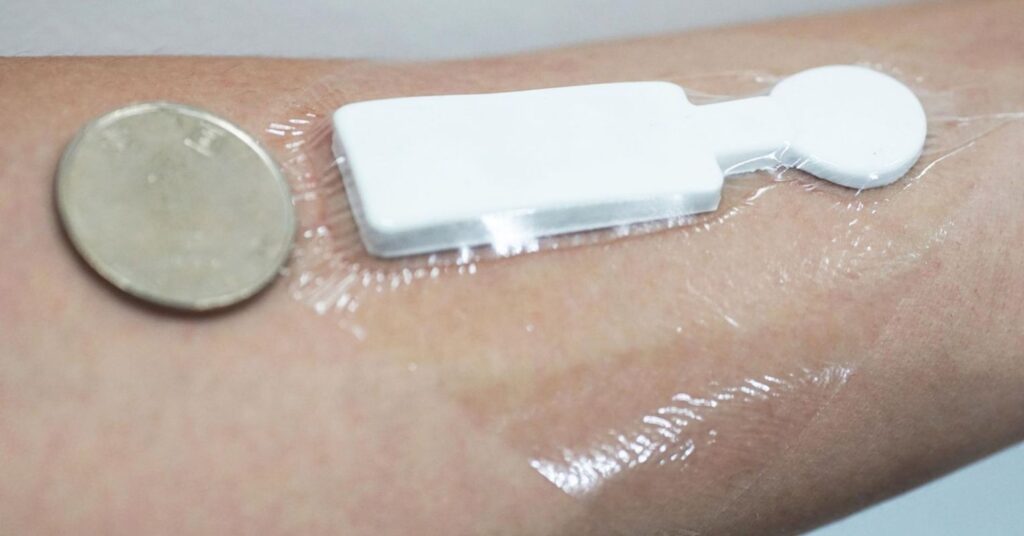In today’s world, we often find ourselves putting on a smile to mask our true emotions – whether it’s to humor a bad joke in a virtual meeting or to hide our personal struggles. But what if there was a device that could see past the facade and detect our real feelings, even when our faces deceive?
Researchers have developed a state-of-the-art sticker that can accurately read our true emotions by analyzing subtle physiological reactions beneath the surface. Unlike traditional mood rings or smartwatch heart monitors, this innovative device is a multi-layered patch that tracks skin temperature, humidity, heart rate, and blood oxygen levels. By utilizing artificial intelligence (AI), it can compare this data with facial expressions to determine how someone truly feels.
Why does tracking emotions matter? Emotions are often suppressed or hidden for various reasons, leading to psychological consequences such as increased anxiety, depression, and strained relationships. The sticker aims to bridge the gap between outward expressions and internal experiences by discreetly monitoring what lies beneath the skin.
The sticker’s design is key to its functionality, with ultra-thin layers of gold and platinum that can bend with the wearer’s movements without losing sensitivity. Each component of the sticker monitors different biometrics independently, allowing for accurate real-time emotional data collection.
By training an AI model using participants’ facial expressions and emotional reactions, the sticker can identify genuine emotions with an impressive accuracy rate of nearly 89%. This technology has the potential to revolutionize telehealth by providing mental health professionals with objective emotional data remotely.
With wireless transmission capabilities, the emotional data collected by the sticker can be sent to mobile devices or cloud platforms, making psychological support more accessible. By detecting early signs of mental health struggles, individuals can receive support before their conditions escalate.
The implications of this emotional tracking sticker are vast, ranging from aiding non-verbal patients in clinics to enhancing athlete performance and understanding neurodegenerative diseases. Most importantly, this technology has the power to destigmatize emotional expression by making invisible feelings visible and measurable.
As we look to the future, the emotional tracking sticker has the potential to revolutionize mental health care by offering a more compassionate and scientific approach. It’s a privacy-conscious tool that could change the way we understand and support emotional wellbeing in our society.

